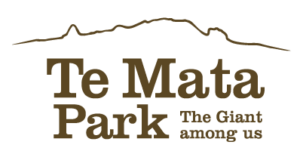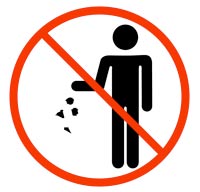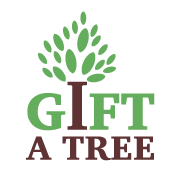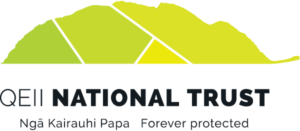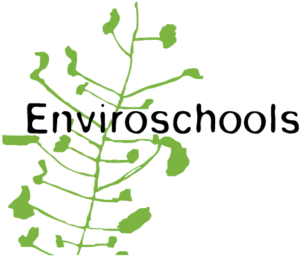Mike and The Friends have worked in many areas of the Park with planting and regeneration projects. Te Mata Park is home to many significant native plants, some of them threatened species. The native daphne (pimelea mimosa) which is listed as nationally threatened, grows in the Park, the only place in New Zealand where it grows in the wild and there is a total population of less than 100 plants. To ensure its survival and that of numerous other species, Mike and The Friends have a program of ongoing supplementary planting with eco-sourced seed, i.e. seed collected only from the Peak to ensure the integrity of each species. Weed and predator control are two other key areas of focus for the group. Top of the ‘weed enemy’ list are pink ragwort, cotoneaster, Old Man’s Beard, Mexican daisies, wilding pines, valerian, and robinia. Predator control has been part of the Park’s management for 10 years, initially aimed at possums, but more recently feral cats, mustelids (ferrets, stoats and weasels), hedgehogs and rats.
When the Friends muster once a month they pull or dig out weeds, plant native species, pick up rubbish and tend the tracks. Mike organises each day’s tasks according to the seasons and whatever is most pressing. It takes careful thought, because everything has a consequence: getting rid of feral cats allows the rat population to flourish; clearing long grass allows thistles to flourish; allowing rabbits to flourish means trouble for young trees.
In protecting, preserving and enhancing the natural environment of Te Mata Park, Mike and his team provide an invaluable service to the Park and to the broader community.
If you would like to volunteer with the Friends of Te Mata Park, please get in touch.
 Five times winner of the prestigious international green space award.
Five times winner of the prestigious international green space award.